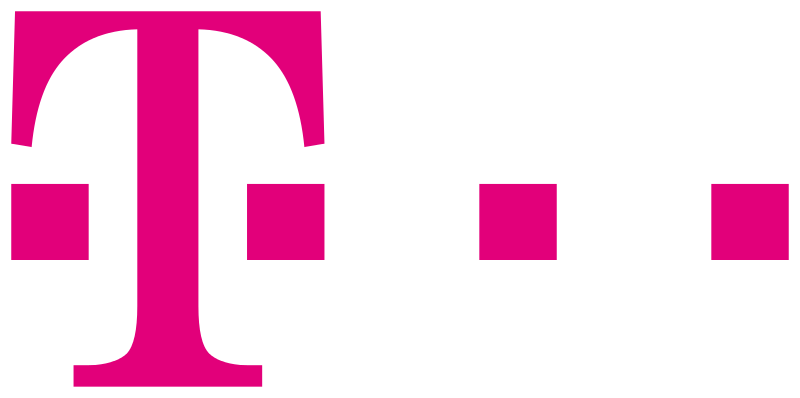Look into my eyes – you can in no time with a video chat with WebRTC. That's because the real-time communication solution does not need any separate software.
What does WebRTC mean? The acronym stands for Web Real-Time Communications, and essentially makes setting up a video chat child's play – even when on the move. The technology thus "attacks the extensive monopoly of Skype" and represents a serious alternative to WebEx. Even more so since the WebRTC open standard offers a crucial advantage: telephone calls and video chats can be set up directly from a browser – without the need for additional plug-ins or software. All that's needed is a web cam, microphone and loudspeaker – and naturally a browser as a launching pad to the Internet. Just four ingredients for instant online communication. So what does this mean for the workplace of the future? Even greater convenience. "The browser is ever-present for us anyway throughout the entire day," says Joachim Stegmann, former Head of Future Communications at Telekom Innovation Laboratories up until January 2017 and now part of the Technology & Innovation division. "This new form of communication is just like an additional application." A link is simply sent inviting the other party to a video chat – and that's it.
INCORPORATED IN MANY BROWSERS
Google Chrome, Mozilla Firefox and Opera support WebRTC, in their mobile versions too. The technology is also set to be integrated in Internet Explorer with only Apple's Safari refusing to join in. "WebRTC offers the possibility to communicate with someone or something in real time, as if they were right there," says Justin Uberti, Google's Technical Lead with responsibility for WebRTC. "WebRTC fills a critical gap in the Internet, since a simple visit to a website is all that is needed to enable real-time communication." WebRTC initiator Google estimates that more than 800 companies are currently investing in developing real-time applications that are based on the new standard. In excess of 2.7 billion dollars were spent on WebRTC applications in the past year. For example, WebRTC is the basis for the conference and chat tool Google Hangouts, but also Facebook, Slack, Snapchat or WhatsApp have integrated the browser-to-browser communication in their portfolio. Many users are therefore already using WebRTC even if they have never heard of this acronym before, surmises Stegmann.
HOW COMPANIES ARE SET TO PROFIT
WebRTC: browser-to-browser communication in real time
The World Wide Web Consortium (W3C) standard setting body recently published the first specification. The potential is enormous: practically all PCs, tablets and smartphones can be WebRTC-readied without any other changes. And as the demand for user-friendly Unified Communication solutions increases, the technology should also impress in the business environment. Ultimately, not only can text and multimedia contents be transmitted between devices via the web browser, rather also all types of files – an especially important aspect in the B2B environment. The quality of the real-time communication naturally depends on the respective network infrastructure available: "But if the bandwidth is right, then WebRTC provides you with a genuine high-end solution – with high-quality video and audio transmission," says Joachim Stegmann. And where communication is carried out from browser to browser, then it is encrypted in addition.
CUSTOMER SERVICE - RESOLVING PROBLEMS FASTER
WebRTC: browser-to-browser communication in real time
WebRTC is therefore ideal as a classic corporate conference solution as well as for online employee training. Customer or call centers and customer platforms also benefit from the communications application in real time. For example, Telekom T-Labs have already developed a pilot for the Group's customer service function. An agent can invite the customer to a video chat directly using a link – and also see very quickly, for example, if a cable has been inserted incorrectly in the customer's router. The cause of the customer's problem is likely to be found much faster with WebRTC than with a traditional telephone call – especially since T-Labs have enhanced their solution even further with augmented reality support.
